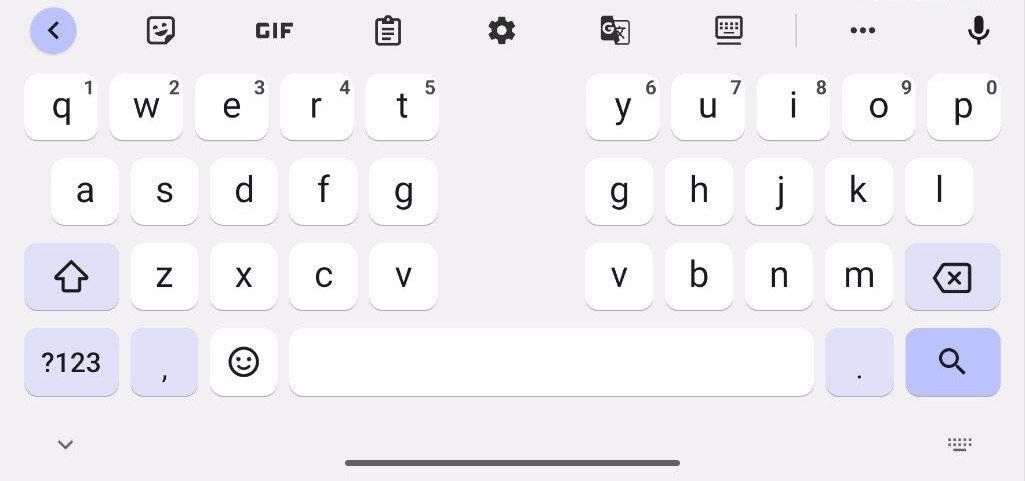Just a few days ago, OnePlus rolled out new OxygenOS updates to the OnePlus 9 series and OnePlus 10 Pro, complete with the latest security patches. The company is now giving a similar treatment to a bunch of other phones in its lineup.
The OnePlus 8, OnePlus 8 Pro, Nord CE, and Nord N20 have started receiving a new software update, which brings the latest May 2022 security patches. It’s strictly a security update, with no new features or visual changes part of the package. The OnePlus 8 and OnePlus 8 Pro are receiving the C.20 build, and it includes new security patches and system stability improvements.

Screenshot credit: OnePlus Community member AMALVPILLAI
Changelog:
- System
- [Improved] system stability
- [Updated] Android security patch to 2022.05
OnePlus Nord CE
The OnePlus Nord CE is receiving OxygenOS 11.0.17, and it’s currently rolling out in India, Europe, and North America.
Changelog:
- System
- [Updated] Android security patch to 2022.05
OnePlus Nord N20
Finally, the affordable OnePlus Nord N20 is getting the May 2022 patch with OxygenOS A.05. OnePlus’ latest budget phone offers a solid hardware package, including a 6.43-inch AMOLED display, a great design, Qualcomm Snapdragon 695 chipset, a 64MP primary shooter, and a 4,500mAh battery with 33W fast charging support. You can read more about the phone in Rich’s hands-on review.
As always, the new updates are rolling out in a staged manner. That means only a handful of devices will get the latest software initially, with a wider rollout happening over the next few days. You can manually check for the update by heading to Settings > System > System updates. If you don’t want to wait, we have provided direct OTA links below to let you manually install the new update. Once you have downloaded the appropriate OTA package, transfer it to the internal storage and use the Local Upgrade option in the System Updates menu to initiate the installation.
Download OxygenOS builds for OnePlus 8, 8 Pro, Nord CE, and Nord N20
OnePlus 8
- India
- Full OTA
- Incremental from C.17
OnePlus 8 Pro
- India
- Full OTA
- Incremental from C.17
OnePlus Nord CE
- Europe
- Full OTA
- Incremental from 11.0.16.16
- India
- Full OTA
- Incremental from 11.0.16.16
OnePlus Nord N20
- Awaiting links
Thanks to XDA Recognized Developer mlgmxyysd and XDA Senior Member Some_Random_Username for the download links!
Source: OnePlus Forums (1), (2), (3)
The post Several OnePlus phones are getting the May 2022 security update appeared first on XDA.
from XDA https://ift.tt/6f1yQkC
via IFTTT



